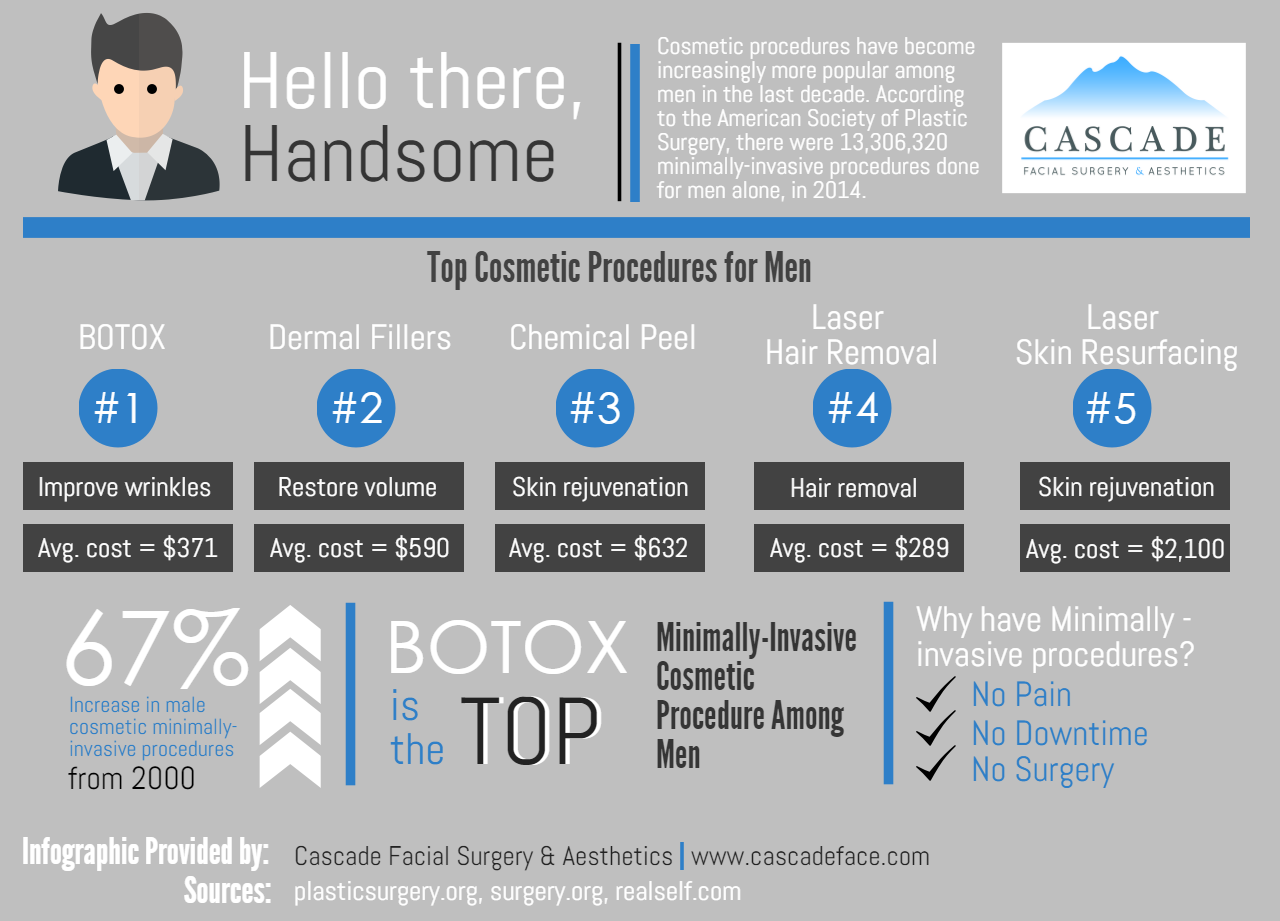Causes Of Acne On Cheeks
Causes Of Acne On Cheeks
Blog Article
Root causes of Acne on Cheeks
Acne outbreaks in the cheek area are set off by many points, from touching your face often to not changing your pillow case frequently sufficient. Picking at acnes enhances your threat of infection and scarring, and specific drugs can get worse dark areas (postinflammatory hyperpigmentation).
Fortunately, there are many ways to stop and deal with cheek acne. These consist of:
1. Hormone Adjustments
Acne is greatly brought on by hormonal agents, specifically those generated throughout adolescence and maternity. For some, a family history of acne may also contribute to their condition. Anything that clogs pores, such as oil-based skin care products or ceraceous hair items, can activate acne. Different topical treatments, like benzoyl peroxide and salicylic acid, can combat germs and unblock pores. Those with severe or chronic acne needs to look for therapy from their medical professional.
Prevent touching or squeezing your acne, as this can push some of the bacteria deeper right into the skin, bring about an extra serious breakout. It is also important to change pillow cases regularly and make use of tidy make-up brushes. You ought to likewise try to avoid toxic irritants such as rubbing from using a helmet or tight collar.
2. Diet regimen
The oily, sweet foods that lots of people think trigger acne might in fact refrain from doing so. As a matter of fact, research studies have revealed that consuming a diet plan rich in entire, nutrient-dense foods assists to avoid breakouts.
Foods high in the glycemic index (such as white bread, corn flakes, blew rice and potatoes, doughnuts and various other pastries) raise blood sugar level degrees swiftly, and this can enhance hormones that enhance oil manufacturing and result in acne.
Drinking cow's milk has actually likewise been linked to increased acne outbreaks. If you are a routine cow's milk drinker, you could wish to try switching to low-fat or nondairy choices that are fortified with calcium. In addition, consuming alcohol even more water can help to reduce acne due to the fact that it assists to keep the skin hydrated.
3. Excess Oil
While oil is crucial for healthy and balanced skin, it can become a trouble when excessive sebum mixes with dead skin cells and obstructs pores. This combination can develop blackheads, whiteheads and pimples. The clogged pore wall surface can break down and spill microorganisms, dead skin cells and sebum into surrounding skin. This causes a red bump referred to as an acne. Often these red bumps have pus in the center from a microbial infection. Bigger infected bumps that appear like acne are called cysts.
There are many points that can trigger excess sebum and clogged pores, consisting of hormone variations, diet and day-to-day routines. Some examples consist of touching the face frequently, relaxing your hand on your cheek, utilizing unclean makeup brushes and not changing pillow cases routinely.
4. Stress and anxiety
If you're taking care of throbbing acnes or a variety of blackheads and whiteheads, it may be time to talk to a skin specialist. They can recommend an efficient treatment that fits your skin type. Exercising leisure and stress-reduction methods additionally assists.
Acne can take place in the cheeks because of rubbing and pressure, such as when an individual touches their face frequently or puts on a hat or sports helmet that massages against the skin. It can likewise appear where oily cosmetics and creams scrub versus the skin.
Avoid pressing acne, as this can push contaminated product deeper into the skin and bring about scarring. Instead, see a medical professional to spa find out about preventative therapies like medication, skin treatment products and way of life adjustments. Eating a healthy and balanced diet of entire foods, obtaining seven to 9 hours of rest and using noncomedogenic makeup and skin care products can all help in reducing acne breakouts.
5. Hair Products
Hair products are not commonly thought of as a root cause of outbreaks, but they can add to acne on the cheeks in some people. Pomade acne, which is characterized by tiny shut comedones and papulopustules, is typically triggered by making use of oily hair products which contain comedogenic active ingredients such as certain oils and acetylated lanolin.
Selecting hair items that don't consist of these possibly comedogenic ingredients is a crucial action toward reducing outbreaks. Additionally, guaranteeing that hair items aren't can be found in contact with the skin can help avoid outbreaks. As an example, wearing a scarf or hood during the night can limit hair-to-face get in touch with and minimize the chance that leave-in hair products will abrade onto the face.
Along with making use of a non-comedogenic moisturizer and washing with an acne face laundry, various other helpful techniques consist of: